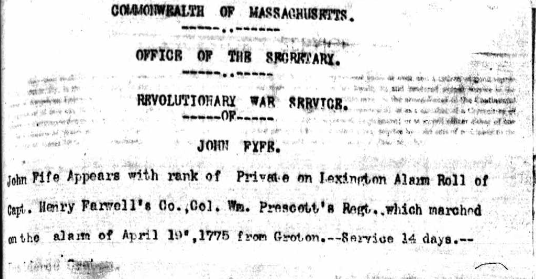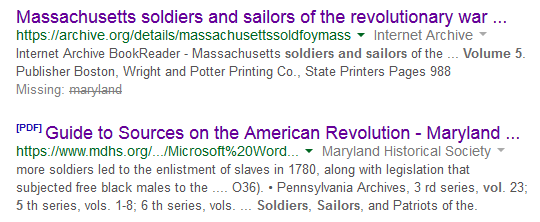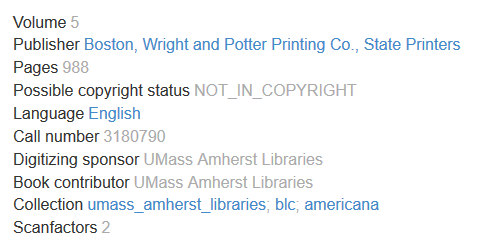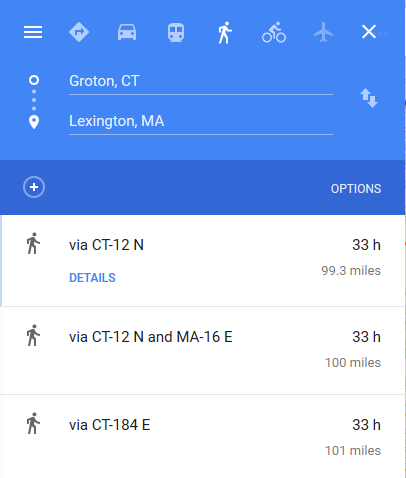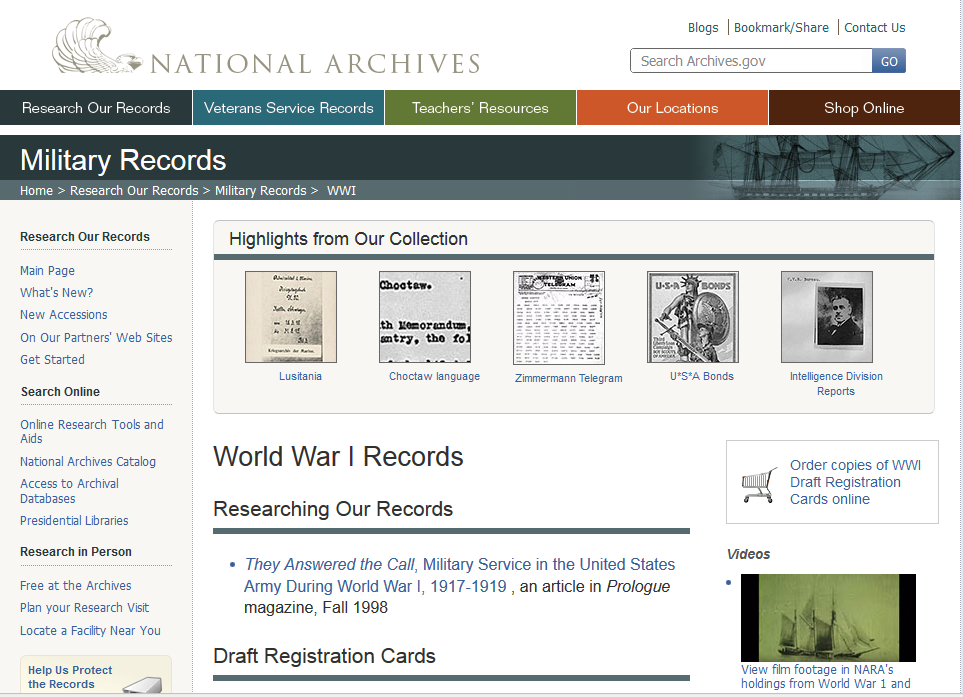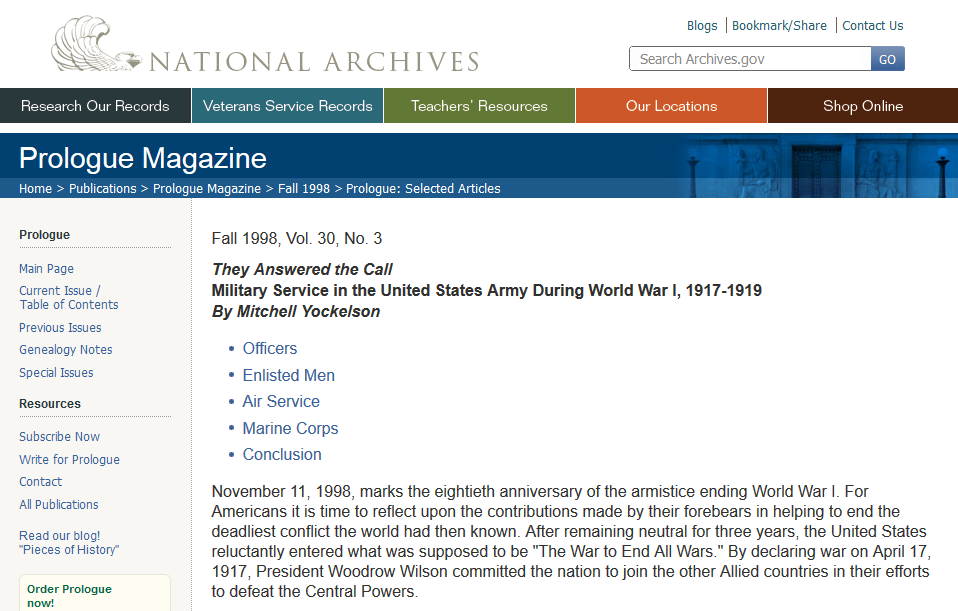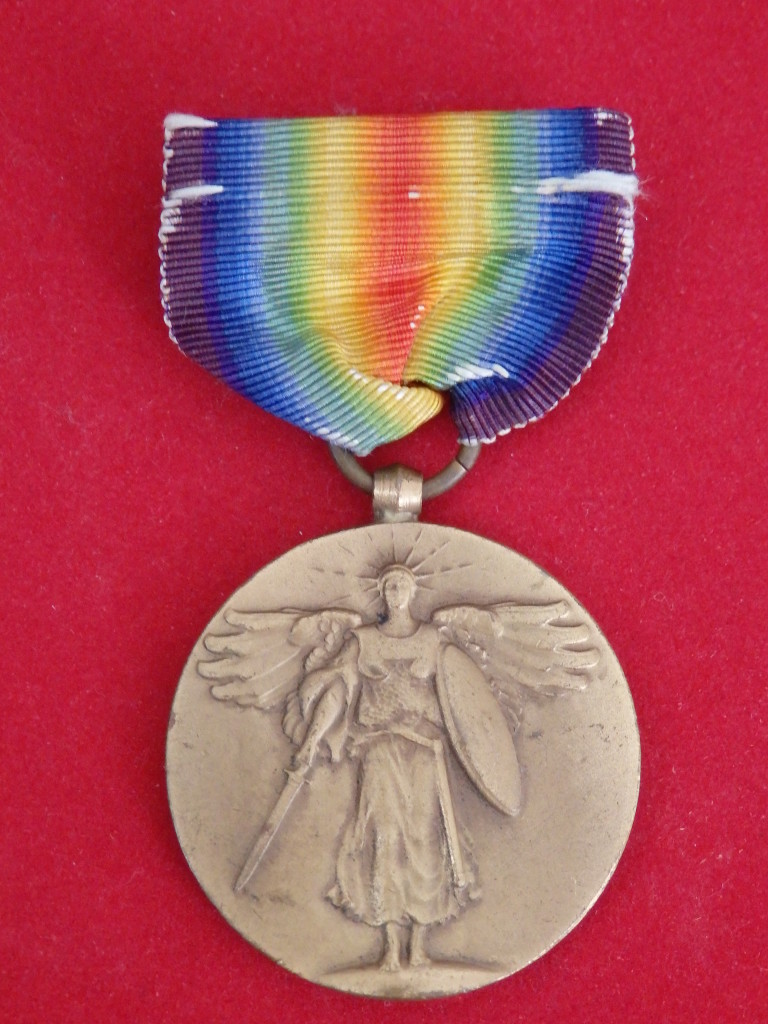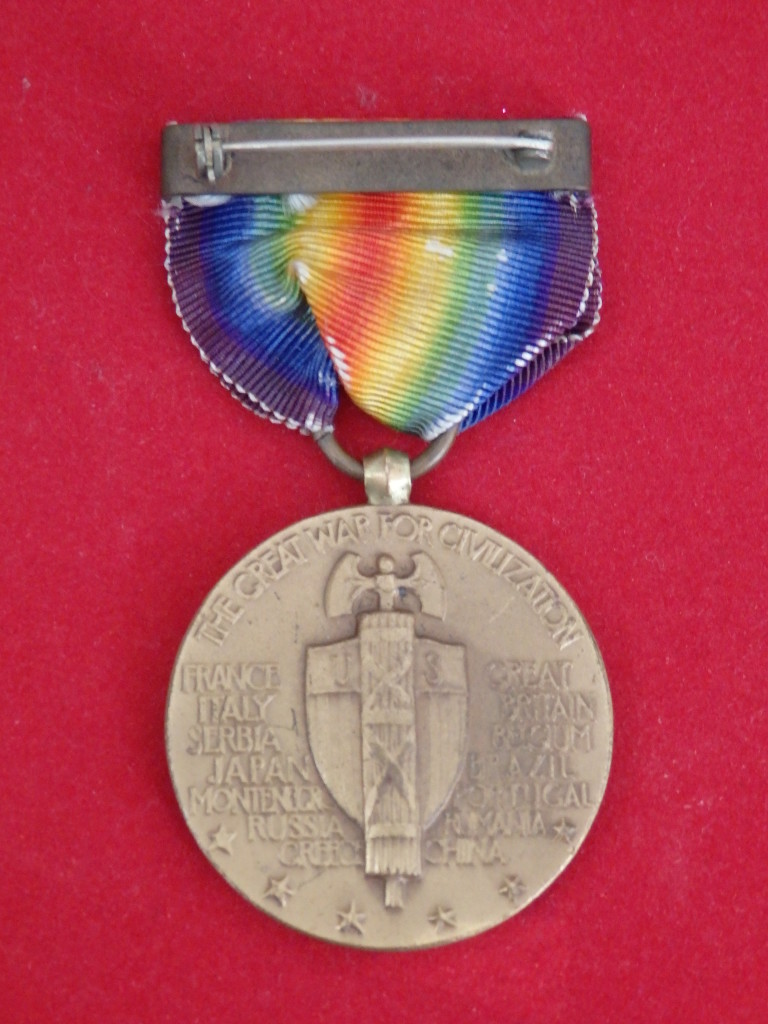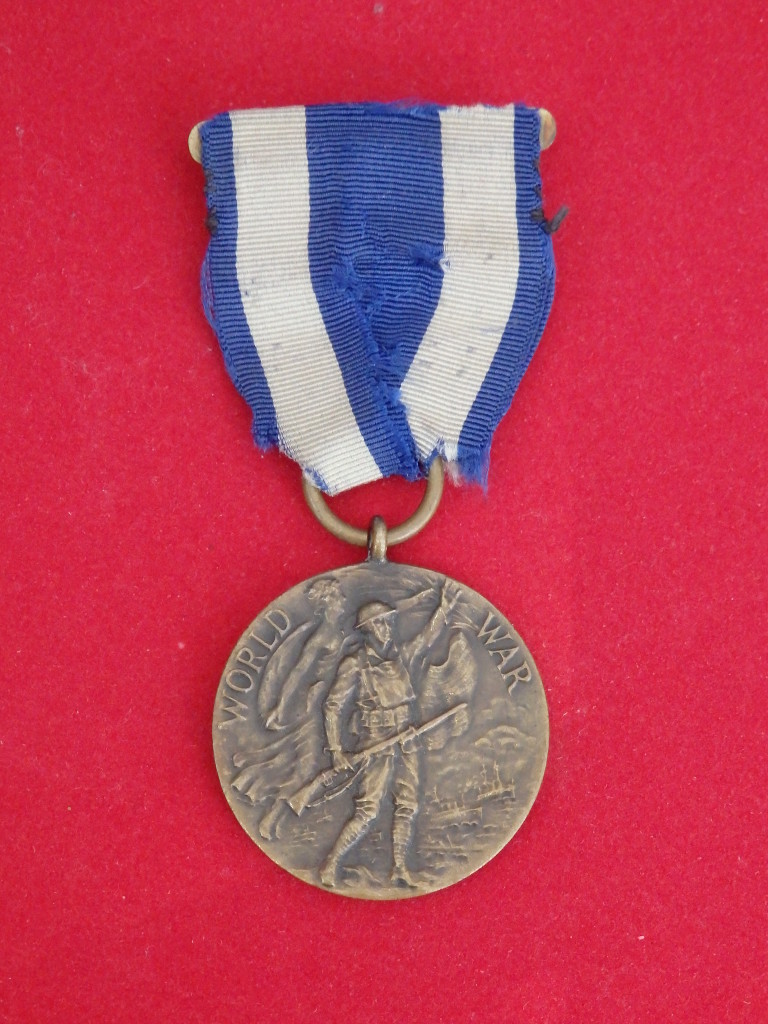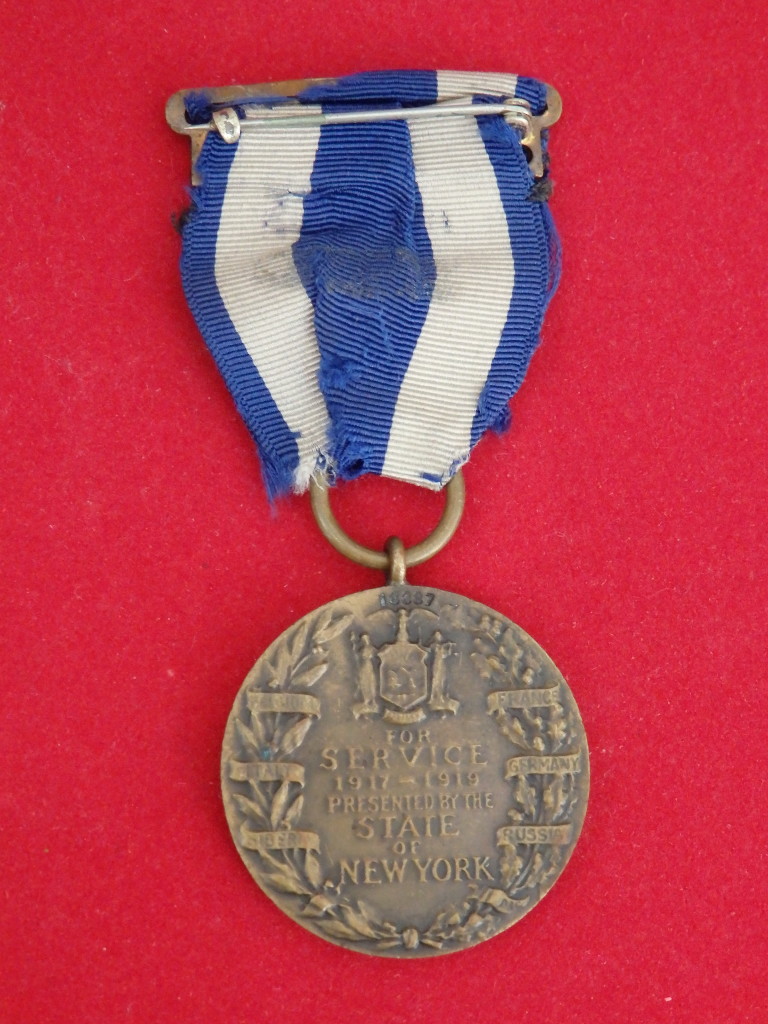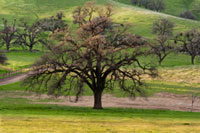The St. Mihiel Offensive and the 51st Pioneer Infantry
General Pershing’s American Expeditionary Force (AEF) launched the Saint-Mihiel offensive. This was the AEF’s first independent offensive, with an American Army under American command. The goal was to cut off the rail lines between Paris and the Eastern Front. The St. Mihiel salient was a fortified bulge into France that was 15 miles on either side of St. Mihiel, 20 miles south of Verdun.
The 51st Pioneer Infantry was divided. My Grandfather’s Company, B, was attached to First Division. They had their first experience with exploding shells, and enemy machine guns and airplanes dropping bombs. The Pioneers kept roads and bridges repaired and rebuilt. They were tasked with keeping the lines of communication open. Trucks were filled with broken brick and stone from destroyed cities and villages, and were prepositioned where enemy attacks were expected. As soon as a shell exploded in a road, the crew came and repaired it.
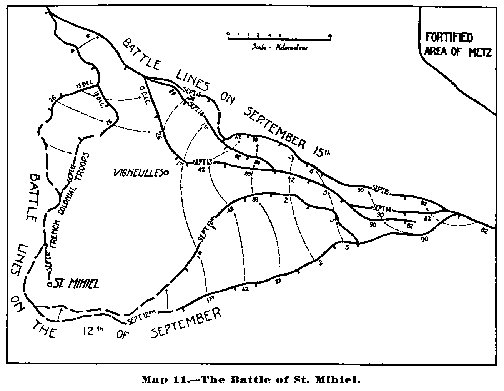 The map above is from “The War with Germany A Statistical Summary” by Leonard P. Ayres, Colonel, General Staff, Washington Government Printing Office, 1919.
The map above is from “The War with Germany A Statistical Summary” by Leonard P. Ayres, Colonel, General Staff, Washington Government Printing Office, 1919.
St. Mihiel by the Numbers
- 1st Time American Expeditionary Forces were under American Command
- 1st Use of the term D-Day
- 7 American Divisions Advanced at 5 A.M. on 12 Sept 1918
- 1 million artillery shells were fired in the first 4 hours
- 1476 allied air planes participated in the greatest air battle of the Great War
- 16,000 Prisoners were taken in two days
5 Web Resources:
- St. Mihiel Drive 1918 United States Army, World War I from the Official films of the Signal Corps of the U.S. Army taken in France. Note: This video does contain images of fallen soldiers.
- Pershing’s Description of the Battle of Saint Mihiel [Excerpted from the Final Report of Gen. John J. Pershing (Washington, D.C.: Government Printing Office, 1919), pp. 38-43 ]
- American Expeditionary Force at St. Mihiel
- The Library of Congress American Memories, Today in History: September 12 Saint-Mihiel Offensive
- “The War with Germany A Statistical Summary” by Leonard P. Ayres, Colonel, General Staff, Washington Government Printing Office, 1919, Chapter VIII. Two Hundred Days of Battle.

